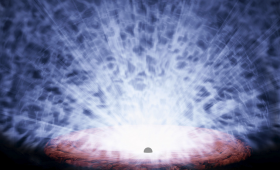LLNL researchers examine the winds coming from a quasar and a neutron star binary system, the gas sloshing in a galaxy cluster, and an astrophysical object shrouded in secrecy.
Science and Technology
in the News
Science and Technology
in the News
News Center
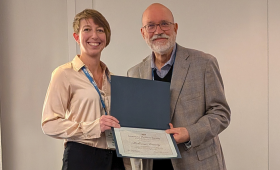
Rebecca Toomey, an LLNL postdoctoral research scientist, has been recognized with the American Physical Society Division of Nuclear Physics’ Distinguished Service Award.
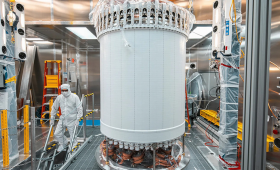
The newest results from LUX-ZEPLIN extend the experiment’s search for low-mass dark matter and set world-leading limits on one of the prime dark matter candidates.
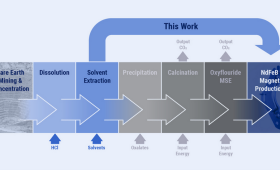
LLNL researchers and collaborators develop a new process for neodymium magnet fabrication.
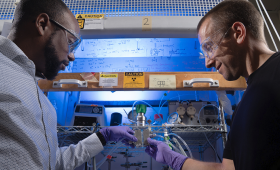
LLNL researchers are developing a process to convert wastewater into clean water and recycled fertilizer.
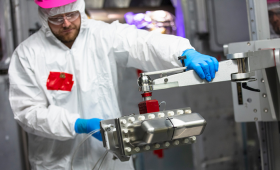
LLNL conducts NIF experiment to assess the ability of U.S. nuclear weapons to survive encounters with adversary missile defenses and reach their targets.
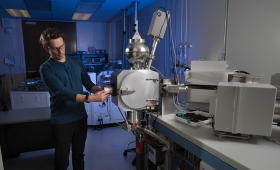
LLNL scientist and collaborators describe how meteorites tell the story of the early solar system.
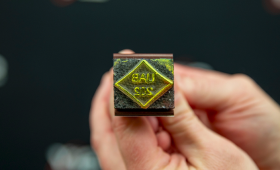
NNSA announces the diamond stamping of the first production unit of a canned subassembly for the W80-4 Life Extension Program will be achieved 18 months ahead of schedule.
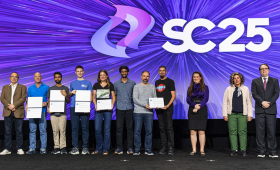
LLNL researchers were among those awarded the prestigious 2025 Association for Computing Machinery (ACM) Gordon Bell Prize for developing a real-time tsunami early-warning framework.

In a recent study, LLNL scientists and collaborators explain how long memory T cells live and persist in different parts of the body.


